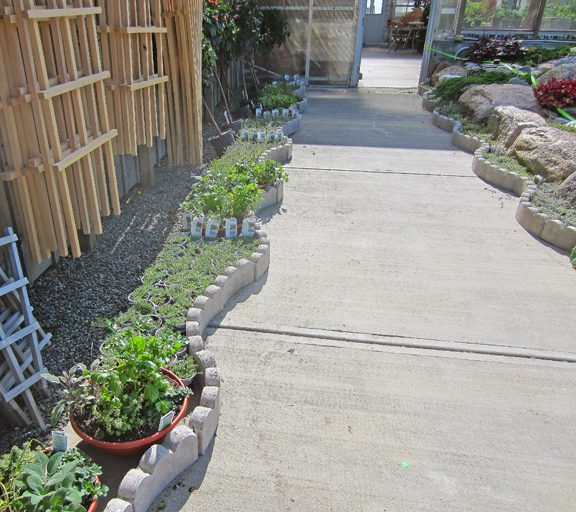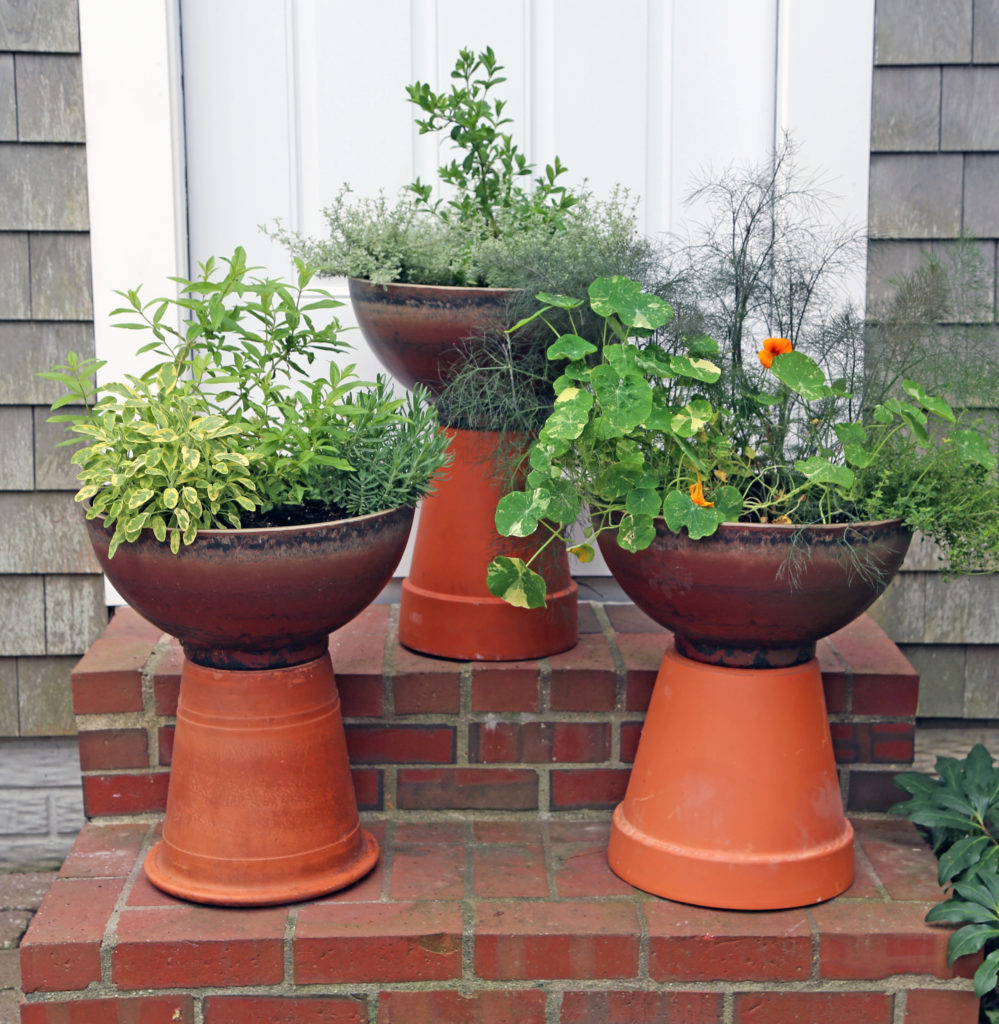Questions From Our Herb Happy Hour
Questions From Our Herb Happy Hour
Last week we had over 200 people on the Herb Happy Hour, and there were several questions that I didn’t have time to answer. Here are those questions and my replies. And remember, there is a Sunday Seminar on Herbs on April 11th – you can sign up on our events page.
When you talked about avoiding woody stems, I thought you began talking about rosemary, but then you talked of lavender. Both? I was talking about lavender – you don’t have to worry about a rosemary flopping open and showing woody stems because most of them are upright growers, and most rosemary doesn’t live from year to year outside in this region anyway. Rosemary can be constantly clipped for use in cooking, be it in the house or outdoors. And as I mentioned, lavender plants should be pruned lightly in spring, right after flowering fades, and possibly again in the fall. With lavender and rosemary the thing to remember is that you never cut these back into old, bare wood…they don’t come back if you do.
If you bring in herbs from outside for winter do you need to do something to get rid of bugs before bringing in? In general, herbs are pretty insect free. I have never sprayed any of my plants before bringing them indoors, but I do have the yellow sticky traps on hand to trap any random fungus gnats. If you’re worried about it, you could spray with insecticidal soap the day before bringing the plant inside.
Did you ever grow a neem plant? I have not grown a neem plant. The neem oil that is used in insecticides etc comes from the seeds of the neem tree, Azadirachta indica. These trees grow up to 30 meters high in nature. I’ve read online that some people try to raise one in the house but I’ve never been tempted…you’d have to wait until the tree is large enough to bear seeds if you want the oil, and this can take five to ten years.
Not a question: We lived overseas and had a cook who made wonderful Sri Lankan food using masses of curry leaves. It is a very distinctive flavor. Yes, the curry leaf tree, Murraya koenigii, is a tropical tree whose leaves are used in a variety of curry dishes. It is a completely different plant than the “curry plant” we discussed tonight. (This is how common names can be confusing…two different plants can be called by the same common name.) The curry plant often sold in our herb or annuals sections is Helichrysum italicum, a plant that has silver-green foliage and smells like curry. This is an ornamental plant, however, and it’s so bitter that most people consider it inedible.
Do you grow nasturtiums in a pot or in the ground? You can grow nasturtiums in pots, window boxes or in the ground. This annual comes in two forms: a long, vining type and a shorter, rounded version, so be sure to look for the variety that suits your purposes. Most vining types are grown from seed, but we’ll have pots and three-packs of the bushier varieties in the garden center in the late spring. Nasturtiums like good drainage and full sun, and they don’t need much in the way of fertilizer.
How do you invigorate an outside thyme plant? Thyme is best invigorated by cutting it back hard in the spring. I learned this when I was a new volunteer master gardener and spent a morning at the demonstration gardens doing spring cleanup. I was working in the herb garden with another of the volunteers, Mary Lopez, and when I got to the old, scraggly, winter-worn thyme plants, I hesitantly snipped a bit off the top. I was afraid to cut too much off, for fear of damaging the plants. In her no-nonsense way, Mary reached over to the plants that I’d been gently tweaking, grabbing the plant in her left hand, and chopping it right down to the ground with the scissors in her right hand. “That’s how it’s done,” she told me. And sure enough, a month later when I went back to this herb garden, the thyme was back, freshly renewed and full.


Subscribe To Our Newsletter
Sign up for our weekly email about sales and events.
